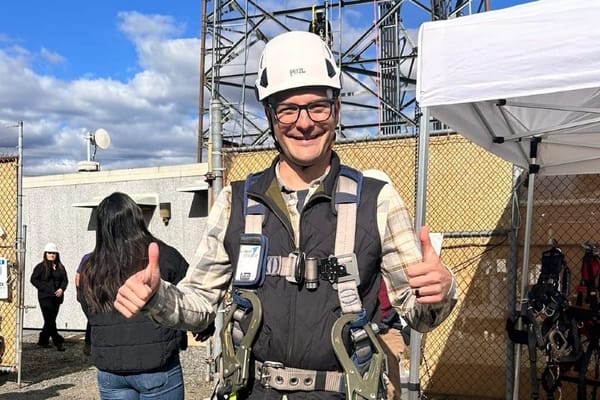National Broadband Plan: A Look at Chapter 6 and Infrastructure
WASHINGTON, April 23, 2010 – Chapter Six of the National Broadband Plan tackles one of the most basic issues with broadband expansion by focusing on infrastructure. This chapter deals with the physical act of laying cables and erecting antennae.
Editor’s Note: This is the seventh in a series of articles written by BroadbandBreakfast.com staff summarizing each chapter of the FCC’s National Broadband Plan.
WASHINGTON, April 23, 2010 – Chapter Six of the National Broadband Plan tackles one of the most basic issues with broadband expansion by focusing on infrastructure. This chapter deals with the physical act of laying cables and erecting antennae.
One of the telecommunications’ companies biggest complaints is the very high cost of laying cables on poles, and they say that the wide range in pricing makes it difficult to plan long distance projects.
According to the FCC’s plan, the variability in cost ranges from $7 per foot to as much as $20. Additionally, the prices also vary depending on the type of service provided.
Currently, the price for cable is cheaper than telecom with incumbent local exchanges generally paying the highest price. The difference in price for essentially the same service leads to market inaccuracies and should be rectified, according to the plan. The FCC recommends that it begin rule-making proceedings to help decrease the costs and to ensure that the costs are uniform, based on service.
In order to decrease the costs for expansion, a “make ready” process should be enacted for poles. This make-ready process would allow for poles to be set up in such a manner that new attachments could be added more quickly and simply.
Another issue that the chapter addresses is infrastructure disputes. There currently is a mechanism for dealing with these disputes, but it’s very limited. Under the current system, a utility must respond within 45 days of the initial complaint. However after this is done, there is no limit on the time for the subsequent steps. Some states already have set limits on how quickly utilities must respond, and the plan suggests that a new federal time limit should be put in place.
The plan also describes how the federal government can play a direct role in the assistance of expansion through actions taken by the General Services Administration and the Department of Transportation.
The plan suggests that when Transportation is laying down roads it should also allow fiber providers to lay cables along the trenches it creates. This multiple uses of road trenches already occur in Amsterdam and both Chicago and Akron, Ohio, have begun to do this with success.
To expand wireless access the plan suggests that the GSA should create a “master contract” for the placement of wireless towers. This streamlined process would allow for the expedited installation of wireless towers. The GSA owns buildings in almost every major city, which would allow for a faster expansion.






